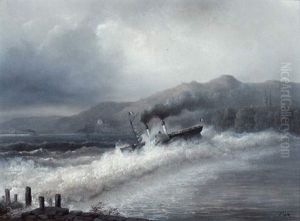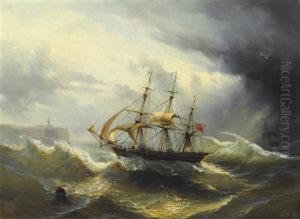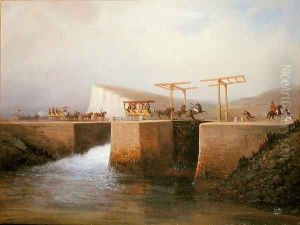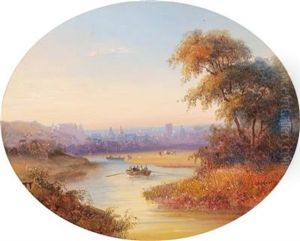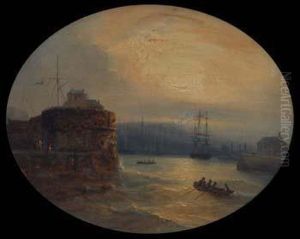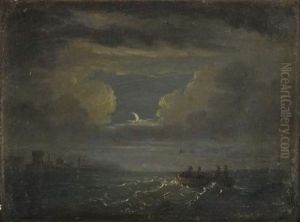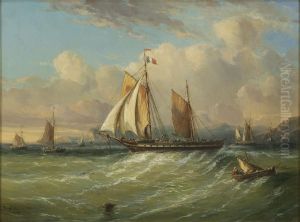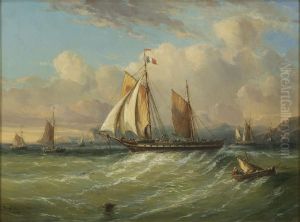Jean Marie Auguste Jugelet Paintings
Jean Marie Auguste Jugelet was a French artist born in the year 1815. His contributions to the art world, particularly in the 19th century, were marked by his detailed and evocative paintings which often depicted landscapes, historical events, and scenes from everyday life. Despite the lack of widespread fame in comparison to his contemporaries, Jugelet's works were appreciated for their depth, attention to detail, and emotional resonance. He was a part of the Romantic movement, which emphasized intense emotion and individualism, a reaction against the Industrial Revolution and the aristocratic social and political norms of the Age of Enlightenment.
Jugelet's artistic journey was largely influenced by the turbulent times in which he lived, including the aftermath of the French Revolution and the Napoleonic Wars. These events shaped his perspectives and, consequently, his art, driving him to explore themes of heroism, nature's beauty and fury, and the human condition. Though not as prolific or as well-known as some of his peers, such as Eugène Delacroix or Théodore Géricault, Jugelet carved out a niche for himself with his unique style and thematic focus. His works were characterized by their vivid realism, combined with a certain poetic quality that set them apart.
Throughout his career, Jugelet remained somewhat of an enigmatic figure in the French art scene. He exhibited at the Paris Salon, the official art exhibition of the Académie des Beaux-Arts in Paris, on several occasions, receiving accolades for his mastery of color and composition. Despite this, he never achieved the level of fame or financial success enjoyed by some of his contemporaries. Jugelet's dedication to his craft, however, never waned, and he continued to produce art that was both personal and reflective of the wider societal changes of his time until his death in 1882.
After his death, Jugelet's works gained a renewed interest among art historians and collectors, who began to appreciate the subtlety and depth of his paintings. Today, he is recognized as an important figure in the Romantic movement, with his works held in several prestigious collections and museums across France and beyond. His legacy is that of a passionate artist who captured the spirit of his age with sensitivity and insight, leaving behind a body of work that continues to inspire and move viewers.
